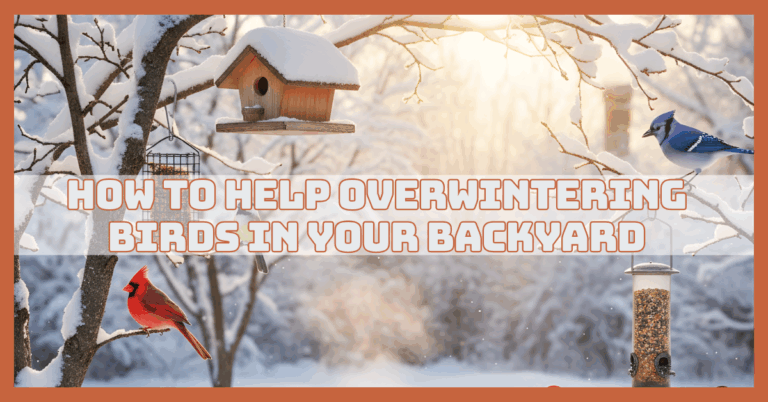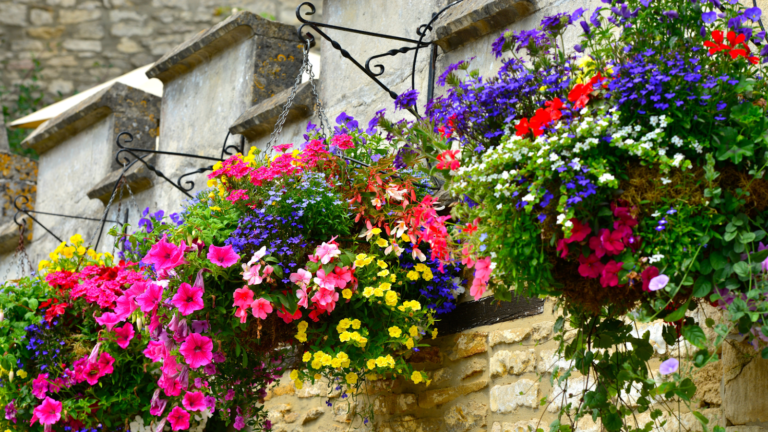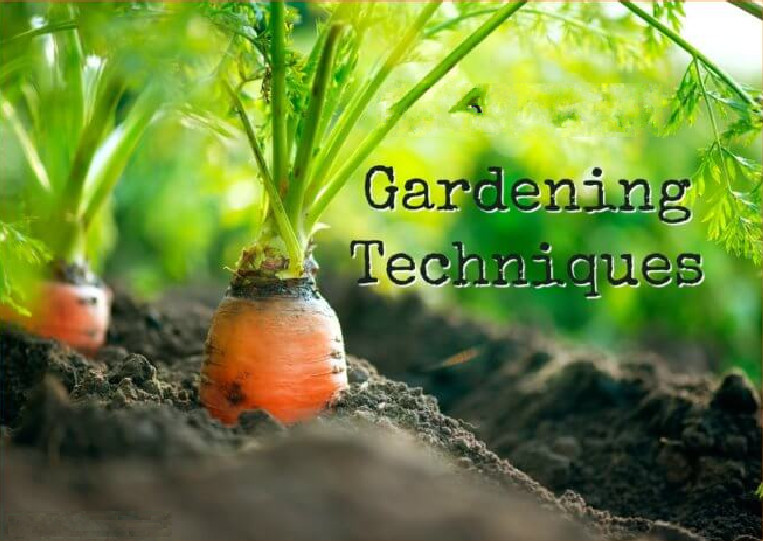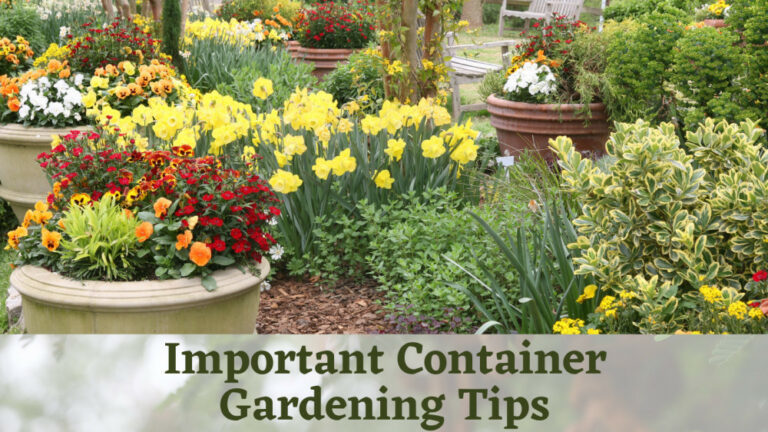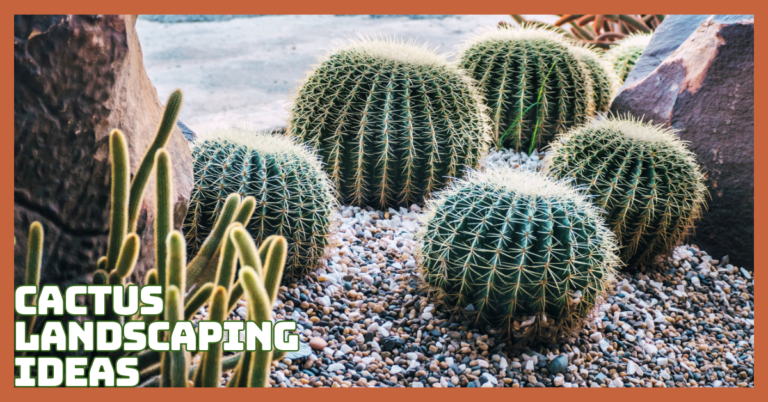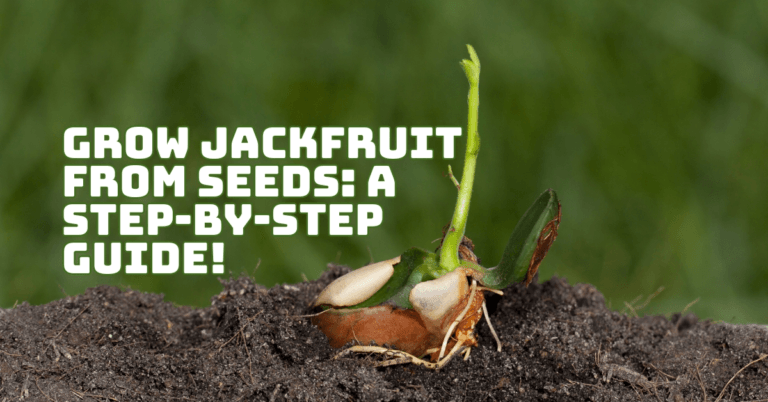Best Soil To Use For Flowering Plants
Best Soil To Use For Flowering Plants
Have you ever marvelled at a garden bursting with vibrant blooms and wondered: What's the secret behind such flourishing floral displays?
The answer often lies beneath the surface, in the soil, which is used for flowering plants and nurtures and sustains these botanical wonders.
Choosing suitable soil to use for flowering plants is not merely a matter of chance but a strategic decision that can make all the difference in their growth and blossoming.
In this journey through gardening, we'll uncover the mysteries of soil selection, exploring how factors like nutrient balance, pH levels, and texture converge to create the optimal environment for your blooms to thrive.
Tips For Choosing The Soil To Use For Flowering Plants
Flowering plants beautify any environment. The suitable soil provides essential nutrients, a supportive environment for healthy growth, and abundant blooms. Here are tips for choosing the soil to use for flowering plants:
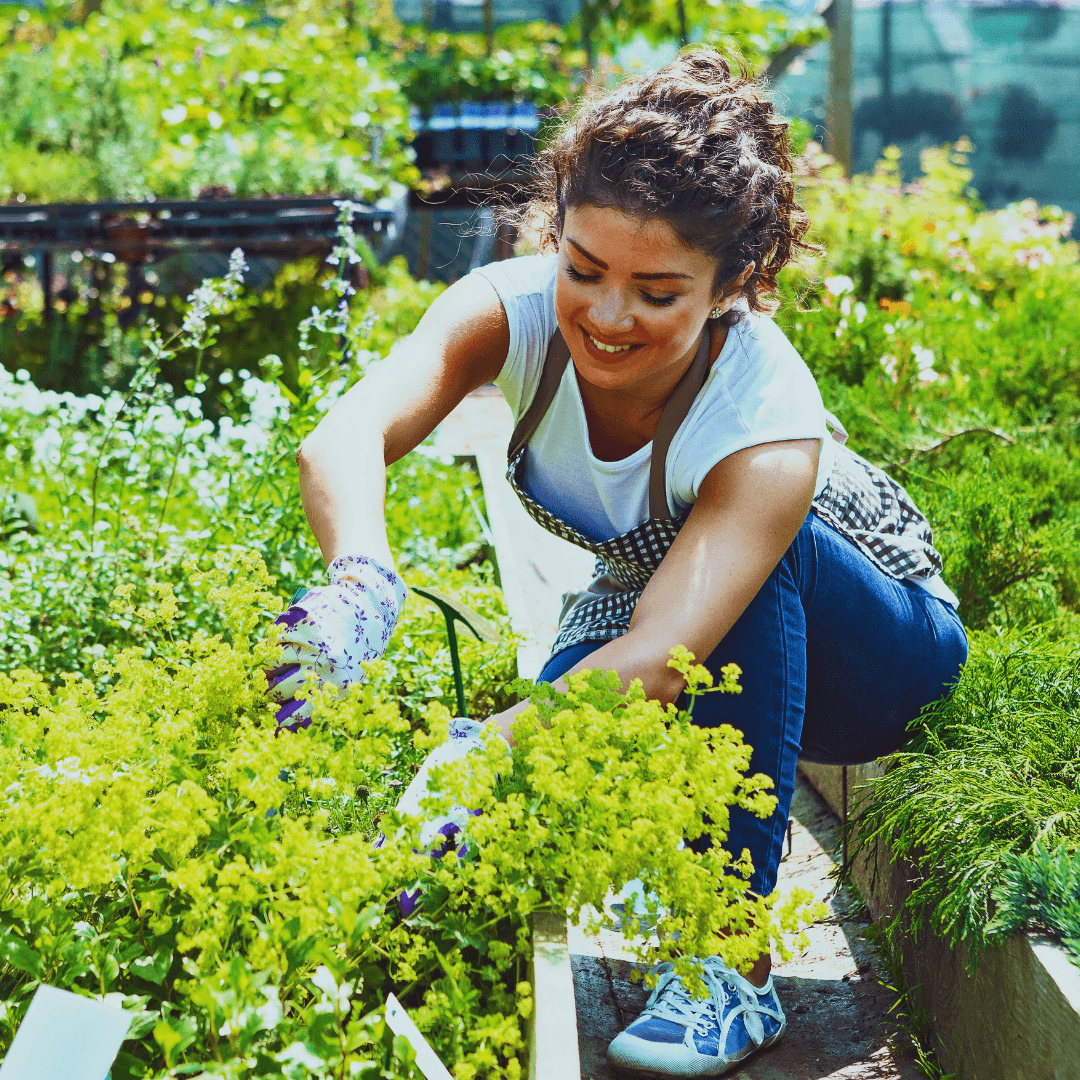
1. Know Your Flowering Plants' Needs
Understanding your flowering plants' needs is vital before selecting soil. Factors like drainage, pH levels, and nutrient requirements are crucial.
The soil should facilitate proper drainage, maintain suitable pH levels, and offer essential nutrients for optimal growth.
Considering these factors, you can select soil that meets your plants' unique requirements, setting them up for success in your garden or indoor space.
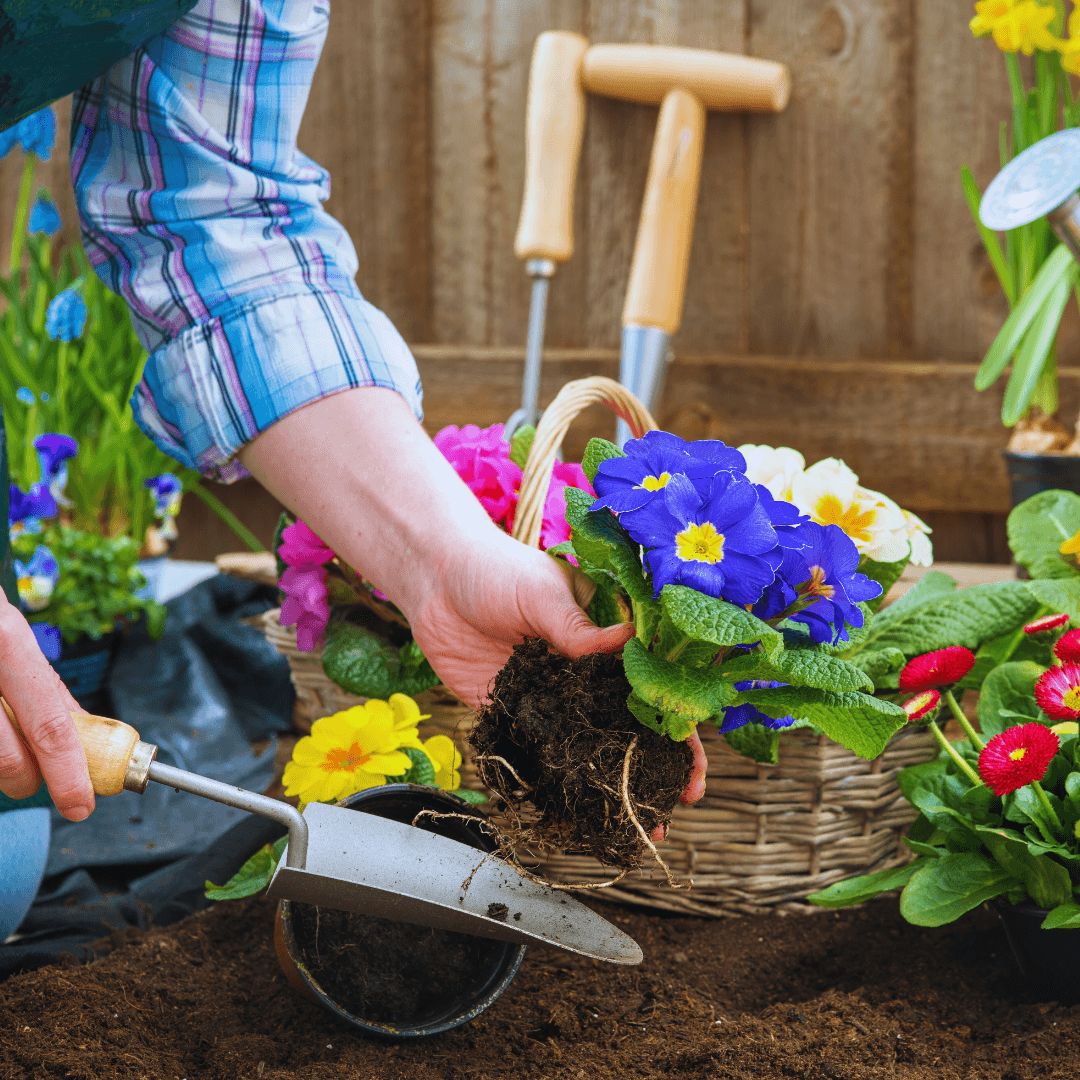
2. Assess Drainage
Good drainage is a plant's lifeline, preventing root rot and ensuring health. When choosing soil, opt for ones that allow water to flow through easily.
This prevents water from pooling around the roots, which can lead to root rot – a situation your plants won't appreciate!
Good drainage is essential for plants that don't like excessive water, such as succulents or herbs.
By ensuring your soil drains well, you're providing your plants with a healthier home where they can thrive without worrying about their roots getting waterlogged.
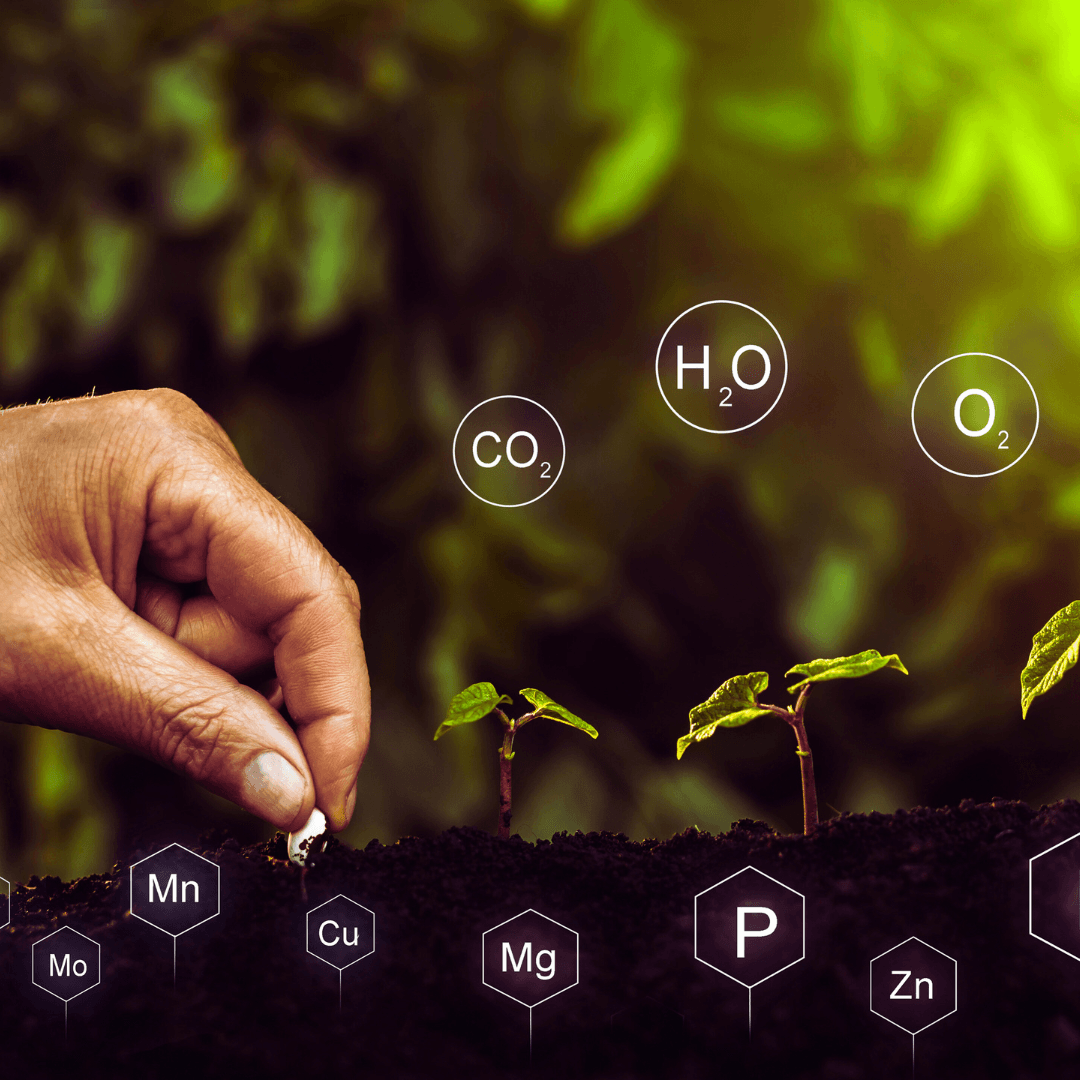
3. Prioritize Nutrient Content
It's all about giving your plants the good stuff they need to thrive! Choose soil that's packed with nutrients to fuel their growth and flowering.
Look for mixes that include organic goodies like compost or well-rotted manure. These natural ingredients provide essential nutrients and help improve the soil's overall structure.
By prioritizing nutrient-rich soil, you're giving your plants the best opportunity to grow strong and bloom beautifully.
Think of it as giving them a hearty meal that sets the stage for a spectacular show in your garden or home.
Think about the joy and satisfaction of seeing your plants thrive and bloom; it's a rewarding experience!
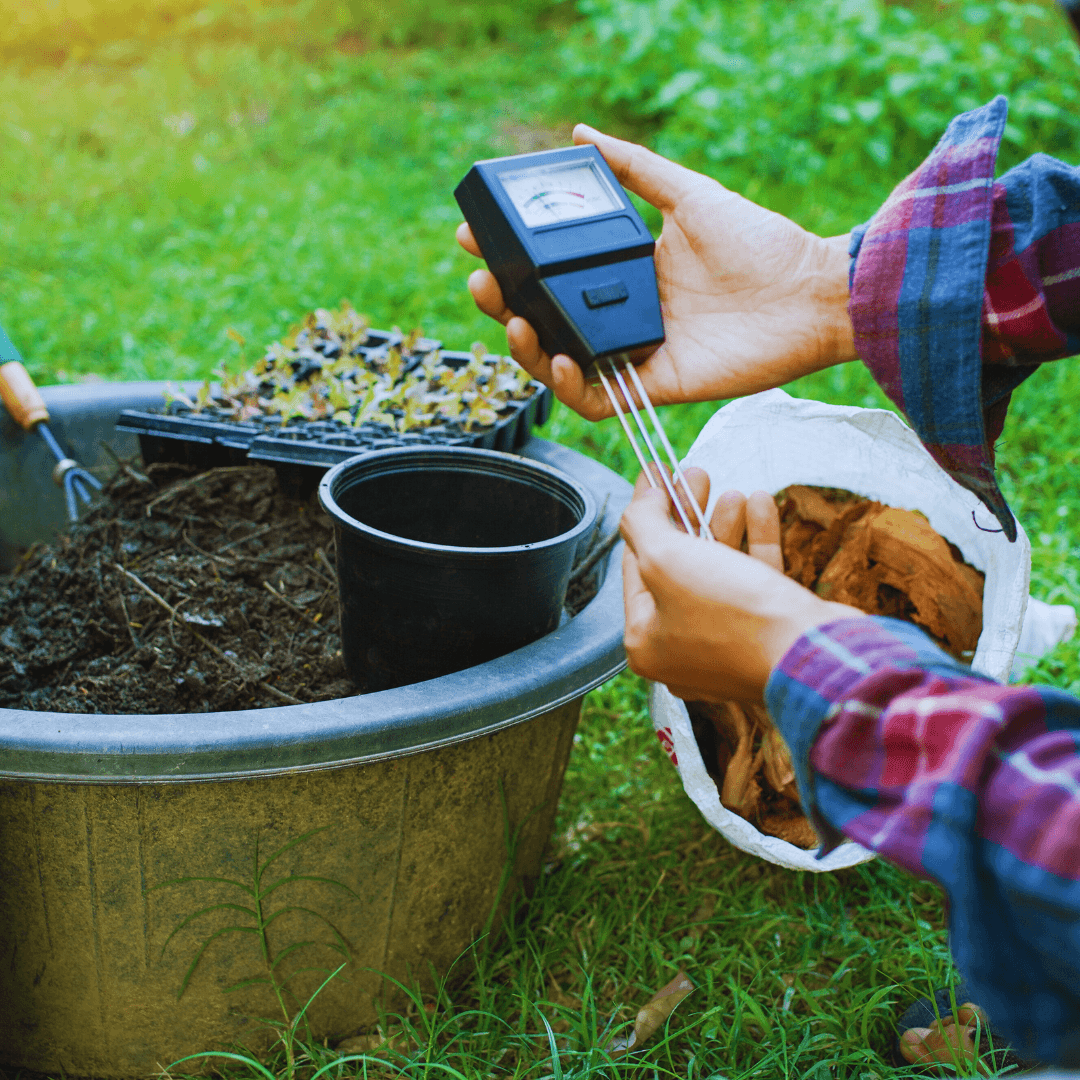
4. Check pH Levels
Keep an eye on your soil's pH – it's a big deal for your plants' well-being! pH levels influence the nutrients available to your plants and can impact their overall health.
Test your soil's pH and aim for a range that suits your plants, usually slightly acidic to neutral. By choosing a soil mix that matches your plants' pH preferences, you're setting them up for success.
It's like finding the perfect balance for their environment, ensuring they can access the nutrients they need to thrive and stay healthy.

5. Consider Soil Texture
Think about the texture of your soil – it's more important than you might think! The texture affects how well water drains, how much air gets to the roots, and how well it retains moisture.
For most flowering plants, you want something just right – not too sandy, not too clayey. Loamy soil is the gold standard, comprising a mix of sand, silt, and clay.
It's like the perfect balance for your plants, giving them the ideal environment to grow strong and bloom beautifully.
So, steer clear of soils that are too sandy or clayey to avoid any drainage headaches down the line!
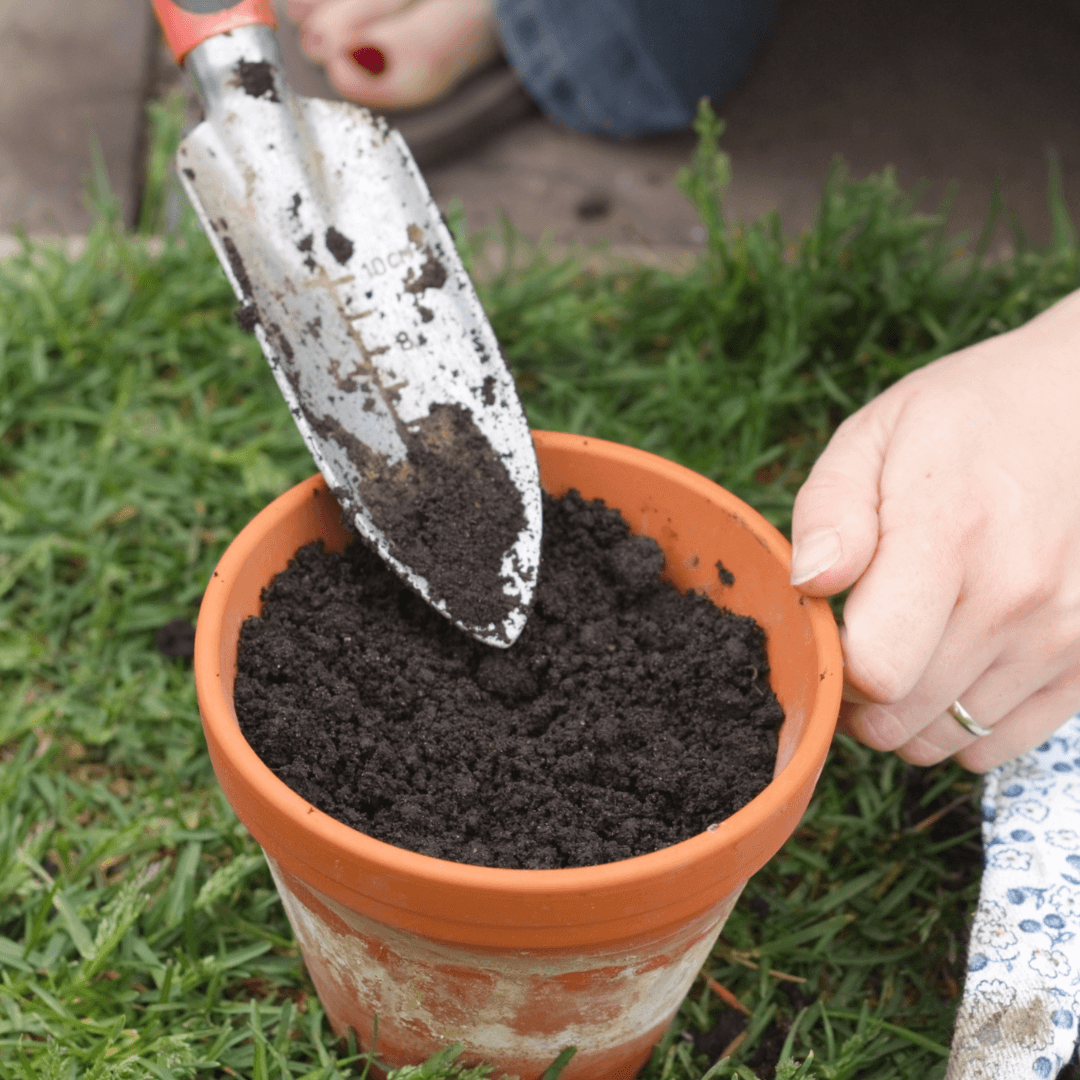
6. Select Potting Mix For Containers
When planting in containers, opt for a top-notch potting mix. These mixes are specially crafted to suit the needs of potted plants.
They're lightweight, so moving them around won't break your back. Plus, they're designed to drain well, which is crucial for container plants. And the cherry on top?
They're packed with all the nutrients your potted pals need to thrive. By choosing a quality potting mix, you're giving your container plants the best shot at success, creating a cozy tiny home where they can grow and flourish to their heart's content.
7. Explore Specialized Soil Mixes
For those special flowering plants with unique needs, don't hesitate to explore specialized soil mixes tailored just for them.
Whether nurturing delicate orchids or resilient succulents, these specialized mixes are like custom-made suits for your plants.
They're formulated to meet the specific requirements of each plant type, providing the perfect balance of nutrients, drainage, and aeration.
Opting for these specialized soils gives your plants the VIP treatment they deserve, setting the stage for healthy growth and abundant blooming.
It's like giving them a tailored spa day, ensuring they thrive and dazzle in your garden or home.

8. Assess Soil Moisture And Fertility
Keep an eye on your soil's moisture and fertility levels to keep your plants happy and thriving. Check the soil regularly to see if it's time for a drink – usually when the top inch is dry.
Remember to give your plants a nutrient boost when needed. Fertilize according to their preferences to keep the soil fertile and full of goodness.
Staying on top of soil moisture and fertility gives your plants the TLC they need to flourish and bloom beautifully.
It's like providing them with a constant supply of energy drinks and vitamins to keep them going strong!
9. Consider Organic Options
When it comes to your soil, think green! Organic options, free from synthetic chemicals, are a boon for your plants and the environment.
Opt for organic soil mixes or add organic matter – it's like giving your plants a gourmet meal. Not only does it improve soil structure and fertility naturally, but it also promotes soil health and biodiversity.
Choosing organic creates a wholesome environment where plants can thrive without harmful additives.
It's like giving them a spa day with all-natural, organic products – they'll reward you with vibrant growth and stunning blooms!
10. Observe Plant Performance
Keep an eye on how your plants are doing in their soil—they'll tell you if they're happy! Look for signs of growth, flowering, and overall health.
If they're thriving, great! Keep doing what you're doing. But if they seem a bit under the weather, it might be time to tweak your soil management routine.
Adjust watering, fertilizing, or switching up the soil mix if needed. By staying observant and responsive to your plant's needs, you ensure their long-term success and create a vibrant garden or indoor oasis. It's like being their personal plant whisperer, keeping them in tip-top shape for years!
Best Types Of Soil To Use For Flowering Plants
Selecting the most suitable soil for flowering plants, whether nutrient-rich loamy soil or specialized blends tailored to unique plant needs, is paramount for promoting vibrant blooms and robust growth. The best types of soil for flowering plants typically include:
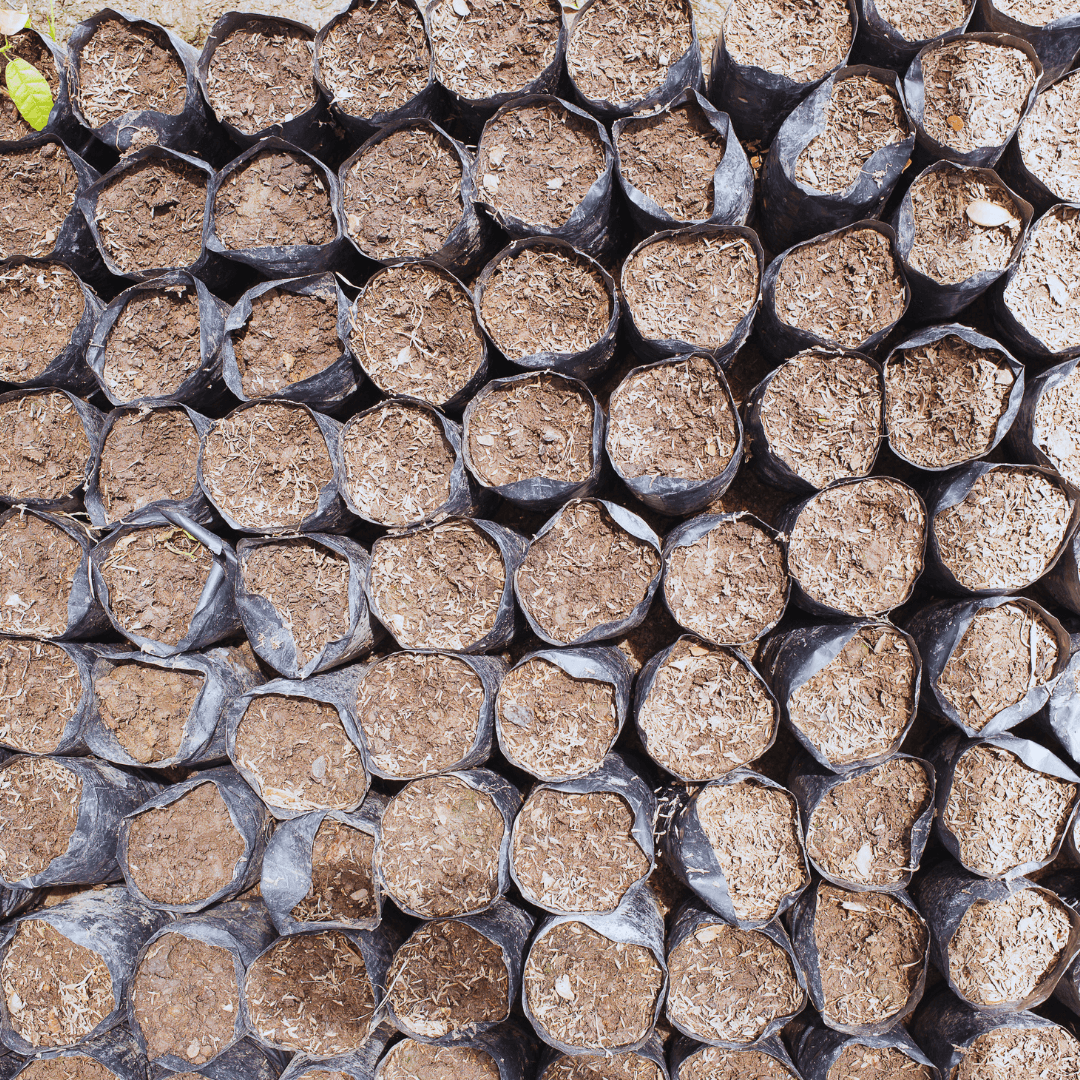
1. Loamy Soil
Loamy soil, characterized by its balanced sand, silt, and clay composition, provides an optimal growing environment for flowering plants.
This versatile soil type offers excellent drainage, ensuring water doesn't pool around plant roots while retaining moisture and allowing for proper aeration.
Many popular flowering plants, including roses, tulips, and dahlias, thrive in loamy soil due to their nutrient-rich properties and well-aerated structure.
Loamy soil provides the essential elements for healthy growth, producing robust foliage and vibrant, abundant blooms.
2. Well-Draining Potting Mix
Opt for a top-notch potting mix tailored explicitly for containers for container gardening. These specialized mixes are lightweight, ensuring ease of handling, and boast excellent drainage properties, preventing waterlogged roots.
Enriched with essential nutrients, they foster healthy growth and vibrant blooms for potted flowering plants.
The well-draining nature of these mixes ensures proper aeration and moisture control, mimicking the optimal conditions found in natural soil.
Whether cultivating vibrant petunias or delicate orchids, using a high-quality potting mix sets the stage for thriving container gardens bursting with floral beauty.
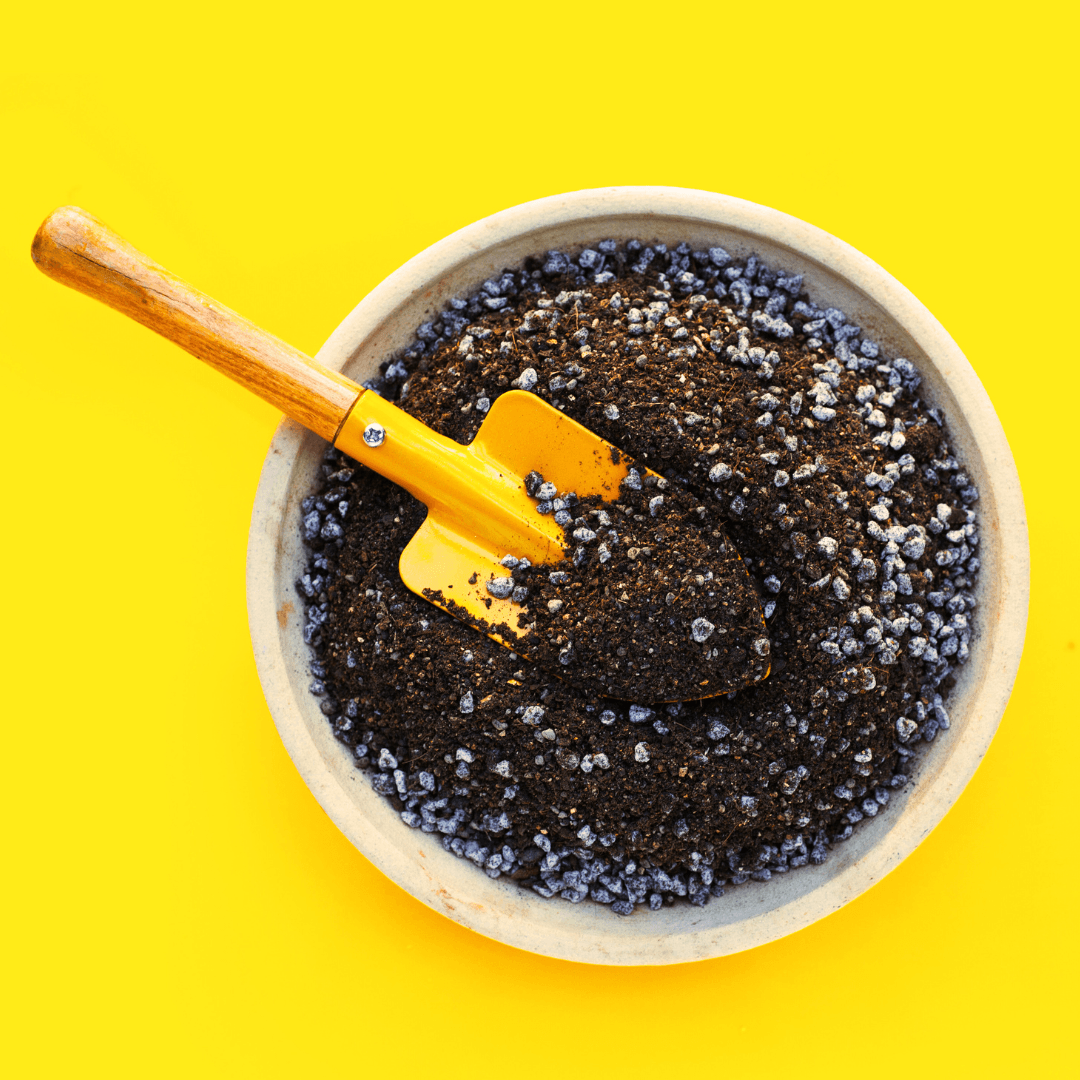
3. Organic Soil Mixes
Organic soil mixes, rich in compost, well-rotted manure, or peat moss, offer abundant benefits for flowering plants.
These mixes are packed with essential nutrients for robust growth and vibrant blooms. Additionally, they enhance soil structure, promoting better root development and water retention.
Organic matter fosters beneficial microbial activity in the soil, creating a healthy ecosystem that supports plant health and resilience.
Whether nurturing delicate roses or vibrant sunflowers, organic soil mixes ensure flourishing flowering plants with minimal environmental impact.
4. Specialized Soil Mixes
Specialized soil mixes offer tailored solutions for flowering plants with distinct soil needs. Orchids and succulents, for example, benefit from soil blends customized to their unique requirements.
These specialized mixes provide the precise balance of drainage, aeration, and moisture retention necessary for optimal growth and blooming.
Orchids thrive in well-draining media that mimic their epiphytic habitats, while succulents require soil with excellent drainage to prevent root rot.
Using specialized soil mixes, gardeners can meet their plant's specific needs, ensuring healthy development and abundant blossoms.
5. Acidic Soil
Acidic soil is critical to their thriving for acid-loving flowering plants like azaleas, rhododendrons, and blueberries.
To create the ideal growing environment, opt for soil mixes with a lower pH or amend existing soil with acidic materials such as pine bark or sphagnum peat moss.
Acidic soil enhances nutrient availability, particularly for essential elements like iron and manganese, which are crucial for the health and vigour of these plants.
Gardeners ensure robust growth and vibrant blooms in their acid-loving floral beauties by providing the proper pH balance.
6. Sandy Or Gravelly Soil
Sandy or gravelly soil offers excellent drainage, ideal for drought-tolerant flowering plants like lavender or rosemary. These plants thrive in well-drained conditions, where water doesn't linger around their roots.
Amending areas with heavy clay soil with sand or gravel can enhance drainage, mimicking the sandy or gravelly soil that these plants prefer.
By improving drainage, gardeners create a conducive environment for these plants to flourish, ensuring healthy growth and abundant blooms even in drier conditions.
7. Clay Soil Amendments
Heavy clay soil can pose challenges for flowering plants due to poor drainage and limited root aeration.
To remedy this, amend clay soil with organic matter such as compost, well-rotted manure, or gypsum.
These amendments break up compacted clay particles, improving soil structure and promoting better drainage and aeration.
Additionally, organic matter enhances nutrient availability, providing essential elements for healthy plant growth and blooming.
By amending clay soil, gardeners create a more hospitable environment for flowering plants, ensuring they receive the conditions to thrive and produce abundant blossoms.
8. Peat-Based Mixes
Peat-based mixes, enriched with peat moss, offer a lightweight solution with exceptional water retention properties, making them ideal for moisture-loving flowering plants such as ferns and hydrangeas.
These mixes provide a consistent moisture level that supports lush growth and vibrant blooms, especially in environments where water availability fluctuates.
Peat-based mixes create an optimal growing environment for ferns and hydrangeas by retaining moisture while ensuring adequate drainage. These plants are healthy and thriving, beautifying any garden or indoor space.
9. Raised Bed Mix
Loamy soil is ideal for flowering plants due to its balanced mix of sand, silt, and clay, which provides good flow, moisture retention, and nutrient availability.
With its larger particles, Sandy soil drains well and warms up quickly, making it suitable for drought-tolerant plants.
Clay soil, though heavy, can be amended to improve drainage and aeration. Silt soil is fertile and retains moisture, benefiting many flowering plants.
Acidic peat soil is great for acid-loving plants. Chalky alkaline soil suits plants like clematis and lavender.
Amending soil with compost enhances fertility and structure, which is crucial for healthy flowering plants.
10. Vermiculite
Vermiculite, a mineral additive commonly used in soil mixes, enhances soil structure and moisture retention.
Its unique properties help create a well-balanced environment for plants, particularly those with specific moisture requirements, such as African violets and begonias.
Vermiculite's ability to absorb and hold moisture ensures a consistent water supply for these plants, promoting healthy growth and vibrant blooms.
By improving soil moisture levels and structure, vermiculite contributes to the overall well-being of flowering plants, facilitating an optimal growing environment that fosters lush foliage and prolific flowering.
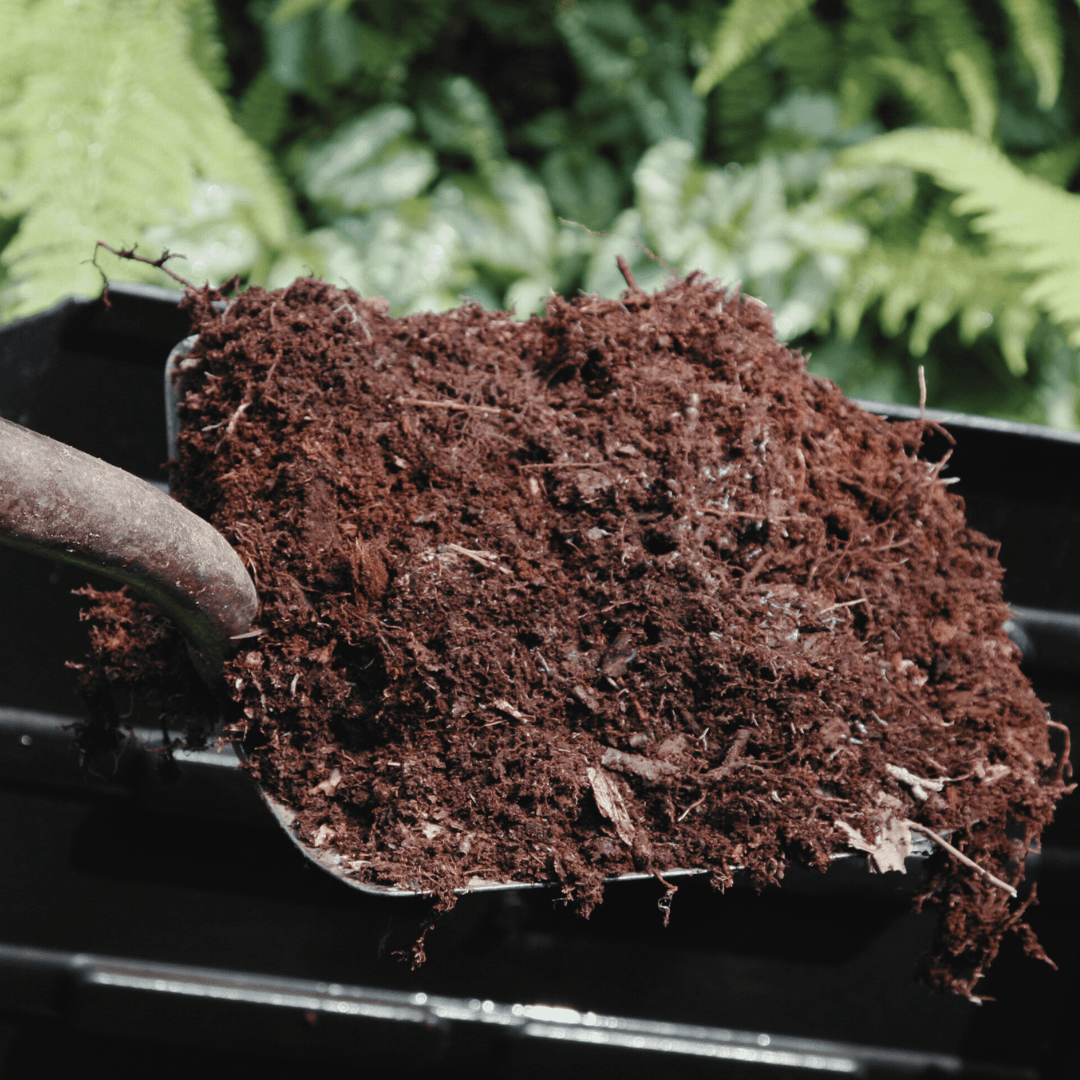
11. Compost Tea
Compost tea, derived from steeping compost in water, is a potent liquid fertilizer for flowering plants.
Abundant in nutrients and beneficial microorganisms, it enriches the soil with essential elements while promoting soil health.
Compost tea supplements the soil's nutrient content as a soil amendment, providing flowering plants with the resources they need for robust growth and prolific blooming.
Regular application of compost tea fosters a thriving ecosystem in the soil, enhancing plant vitality and resilience.
By harnessing the power of compost tea, gardeners can cultivate flourishing gardens filled with vibrant and healthy flowering plants.
12. Mushroom Compost
Mushroom compost, a residue from mushroom cultivation, is a treasure trove of organic matter and nutrients, ideal for enhancing soil health and fertility.
Rich in essential elements, it fortifies the soil, promoting robust growth and blooming in flowering plants.
Mushroom compost's diverse blend of organic materials improves soil structure, ensuring proper drainage and aeration.
Additionally, it boosts microbial activity within the soil, fostering a thriving ecosystem that supports plant vitality.
By incorporating mushroom compost into the soil, gardeners provide flowering plants with a nutrient-rich environment conducive to flourishing growth and abundant blossoms.
13. Rock Dust
Rock dust, derived from minerals like granite or basalt, is a powerhouse of essential minerals and trace elements crucial for plant development.
Rock dust enriches the nutrient profile when added to soil, enhancing plant availability. This supplementation improves plant health, promoting vigorous growth and abundant flowering or fruiting.
By incorporating rock dust into the soil, gardeners provide flowering plants with a holistic approach to nutrition, ensuring they have access to a broad spectrum of vital nutrients necessary for optimal growth and blooming.
FAQ
1. What types of plants grow best in clay soil?
Answer: Plants that thrive in clay soil include many shrubs, such as lilacs, forsythias, and spireas.
Additionally, perennial flowers such as daylilies, asters, and yarrows perform well. Vegetables like cabbage, kale, and broccoli can also flourish.
However, selecting plants that tolerate clay's heavy texture and occasional drainage challenges is essential, ensuring they receive adequate sunlight and moisture for optimal growth.
2. What soil is best for flower pots?
Answer: The best soil for flower pots is a well-draining potting mix formulated for container gardening.
Search for mixes that contain a blend of organic matter like compost, peat moss, or coconut coir, along with materials like perlite or vermiculite to aid drainage.
These mixes balance nutrients, moisture retention, and aeration crucial for healthy root development and thriving container plants.
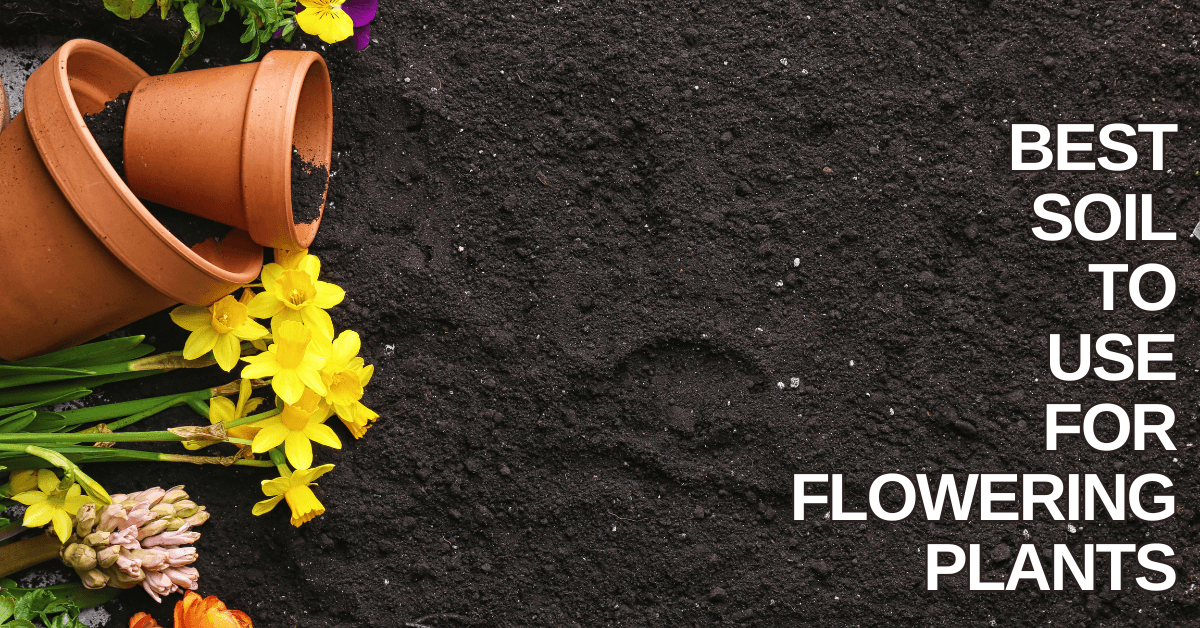
Conclusion
In the intricate dance of gardening, soil emerges as the silent partner, holding the key to the success of our floral endeavours.
As we conclude our exploration into soil to use for flowering plants, remember that the journey doesn't end here—it merely takes root.
May each bloom that graces our landscapes serve as a testament to the harmony between nature's wonders and the gentle stewardship of the gardener's hand.
So, go forth confidently, knowing that the soil beneath your feet holds the promise of countless blossoms yet to unfold. Happy gardening!
I trust you enjoyed this article about the Best Soil To Use For Flowering Plants. Please stay tuned for more blog posts soon. Take care!
JeannetteZ
>>>Please click here to read my all-inclusive article about Container Gardening<<<
>>>Are you interested in homegrown herbs and medicine? Please click here to find out more about it!<<<
Your Opinion Is Important To Me
Do you have thoughts, ideas, or questions? I would love to hear from you. Please leave me your questions, experiences, and remarks about this article, Best Soil To Use For Flowering Plants, in the comments section below. You can also email me at Jeannette@Close-To-Nature.org.
Disclosure
This post may contain affiliate links. As an Amazon Associate and other affiliate programs, I earn from qualifying purchases at no extra cost to you. Please read my full affiliate disclosure.
You might also enjoy these blog posts:
Discover The Diversity: Species Of Owls In The World
Interesting Facts About Hummingbirds
Your Essential Companion Planting Guide


